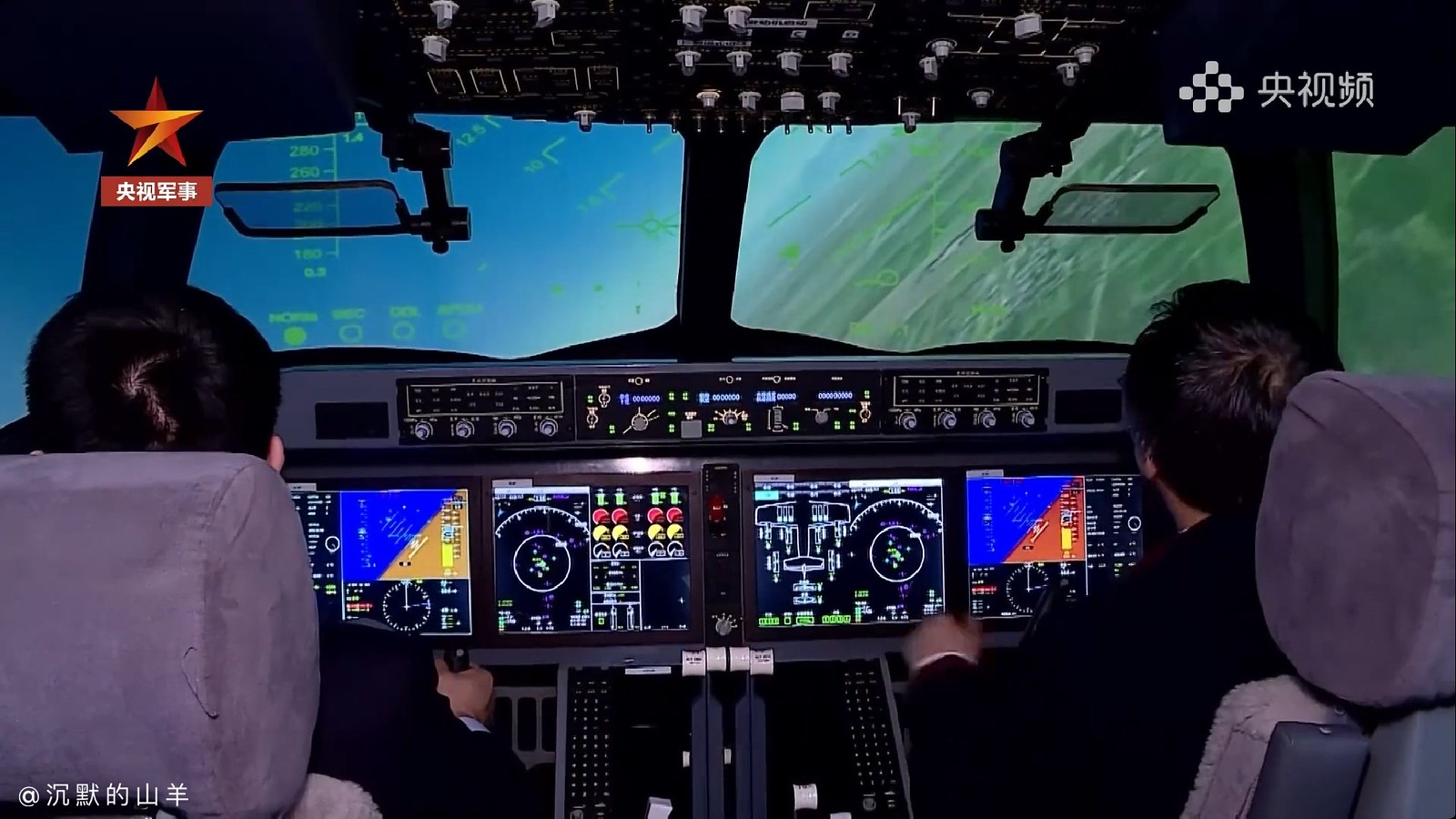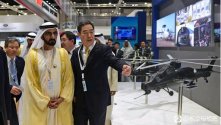China’s Potemkin Aviation Can’t Survive Without Washington’s Help – Jaweb
After many decades and tens of billions of dollars, China’s airliners are case studies in failure. A few dozen dysfunctional turboprops and 43 ARJ21 regional jets are the only products in the air, and they represent less than 0.5 percent of China’s air service capacity. China’s air fleet comprises thousands of much larger Airbus and Boeing aircraft, which are from Europe and the United States. The turboprops have a dismal safety record, and the ARJ21 is overweight and obsolete with last-generation technologies. Meanwhile, the MA700 and the C919 single-aisle jetliners have been in development for years, with numerous delays, and merely aim to replicate Western products that have been flying for decades. And the proposed CR929 twin-aisle transport airliner is aspirational at best.
Even China’s minimal aviation achievements thus far would be useless without Western engines, avionics, systems, and everything else needed to get chunks of metal off the ground. The point of China’s joint ventures with Western companies is to make this possible domestically, but it still has a long way to go, and the MEU list might stop it altogether. Without Western equipment, China’s jetliners would be hollow shells.
The list also shows that developing these necessary systems with Chinese rather than U.S. technology would be highly impractical. Currently, China makes its own airframes, the structures of aircraft. Yet while airframes are complex objects, the technologies that make them fly are even more complex. They have more in common with semiconductors (and China’s semiconductor production has been difficult, to say the least). A crash program to develop engines, avionics, and other necessary technologies at home would take well over a decade and tens of billions of dollars, even if the country looks to Russia for assistance. It would also guarantee inferior, less reliable, and less efficient products fit only for a domestic market. No country has achieved this level of self-sufficiency with the possible exception of the Soviet Union in the 1970s and 1980s.




